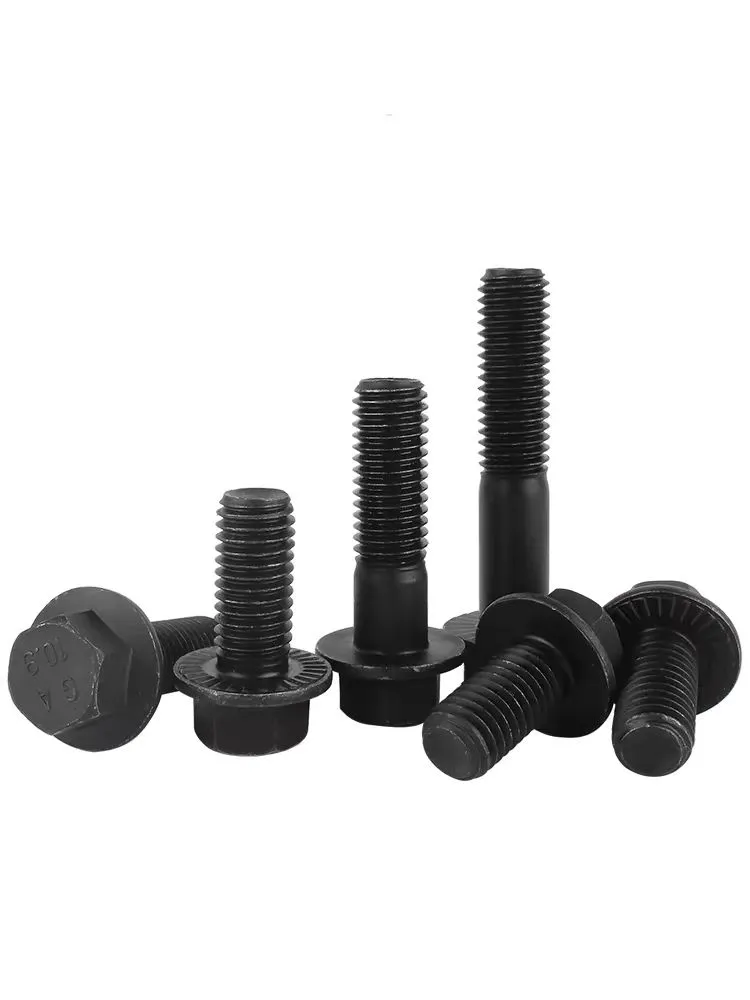

self tapping screws wood to metal
Nov . 04, 2024 11:14 Back to list
self tapping screws wood to metal
Self-Tapping Screws A Connection Between Wood and Metal
Self-tapping screws have become a crucial element in construction and manufacturing, particularly when it comes to connecting wood and metal. These unique fasteners are designed to create their own thread as they are driven into materials, which means they can be utilized effectively in applications where traditional screws might fail. Understanding their advantages, applications, and installation process can greatly benefit both DIY enthusiasts and professionals alike.
Self-Tapping Screws A Connection Between Wood and Metal
The design of self-tapping screws typically features a sharp, pointed tip that cuts into the material. This tip is engineered to tap threads into the base material, providing a secure connection. There are generally two types of self-tapping screws those designed for metal and those for wood, although some screws work effectively in both. When choosing a screw, it’s essential to select the right type for the specific materials involved. This ensures optimal performance and structural integrity of the joint.
self tapping screws wood to metal

When connecting wood to metal, specific characteristics of self-tapping screws are particularly beneficial. They often feature a corrosion-resistant coating, which is important when metal is exposed to external elements, as rust can compromise the joint over time. Additionally, different head styles are available, including flat, round, and hex heads, allowing for versatile applications depending on the aesthetic and functional needs of the project.
The installation process for self-tapping screws is straightforward but does require some basic tools. A power drill with the appropriate screwdriver bit is typically used. For best results, it is advisable to start at a low-speed setting to prevent damaging the materials, particularly softer woods. Once the screw begins to penetrate the metal, the speed can be increased to ensure a tight fit. Proper alignment is crucial; misalignment can lead to stripped threads or weaker connections.
Furthermore, while self-tapping screws can provide strong connections, it’s important to consider factors such as load and stress. In high-stress applications, it may be beneficial to conduct a test with a few screws to ensure they will hold up under operational conditions. When used appropriately, self-tapping screws can create highly efficient and robust joints between wood and metal.
In conclusion, self-tapping screws are invaluable for connecting wood to metal in a variety of projects. Their efficiency, ease of installation, and ability to create strong, durable connections make them a preferred choice for both professionals and DIY enthusiasts. By understanding the types of self-tapping screws available and the proper techniques for their use, one can significantly enhance the quality and longevity of their work. Whether building furniture, constructing frameworks, or undertaking home improvement tasks, self-tapping screws serve as reliable fasteners that streamline the process and ensure lasting results.
Latest news
-
Premium Self Tapping Metal Screws: Strong & Easy Install
NewsAug.02,2025
-
Premium Fasteners Manufacturer | AI-Driven Solutions
NewsAug.01,2025
-
Hot Dip Galvanized Bolts - Hebei Longze | High Strength, Corrosion Resistance
NewsAug.01,2025
-
High-Strength Hot Dip Galvanized Bolts - LongZe | Corrosion Resistance, Custom Sizes
NewsAug.01,2025
-
Best Self Tapping Screws for Drywall - Fast & Secure Installation
NewsJul.31,2025
-
High-Strength Hot Dip Galvanized Bolts-Hebei Longze|Corrosion Resistance&Customization
NewsJul.31,2025

